
Once again, the exchange of posts on the Britmodeller.com forum inspired us to search deeper and to discuss further details of the Hurricane. As a result, I asked Troy Smith for some explanation summarising some of the details of what turned out to be a very complex aircraft. We focused especially on connections: rivets, screws, fasteners.
Check promotions in our ARMAHOBBY.COM online store!
What Troy wrote us:
Hawker as a company built on existing techniques and designs, in the case of the Hurricane it used what is an enlarged Hawker biplane Warren truss tubular fuselage structure added to a new wing.
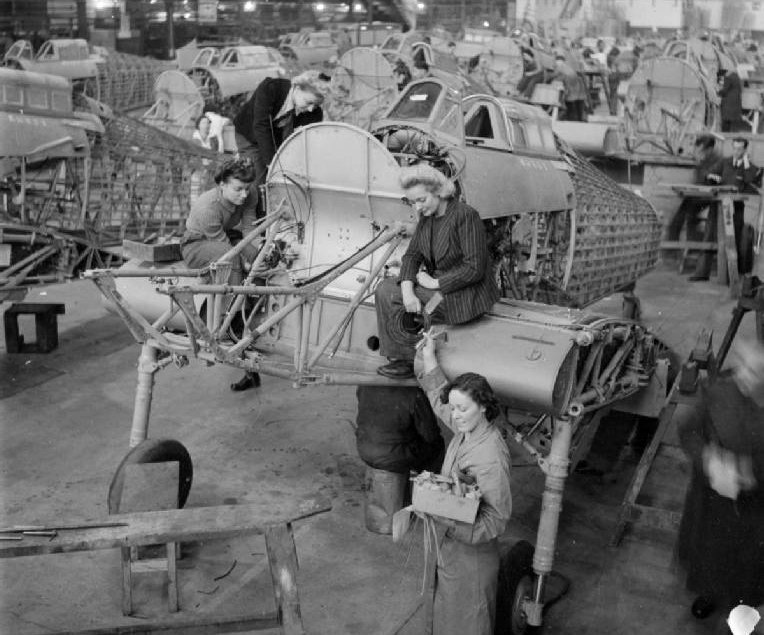
Master scratchbuild modeller Peter Cooke, in his famous article “Hurricane Veracity” wrote:

“It clearly benefited from the immense experience of building similar machines. It is a very strong and rigid structure that produced a stable and very manoeuvrable aeroplane that could take a lot of punishment and still carry on flying. It has superb access for maintenance and is relatively easy to repair. It is a real engineers aeroplane”
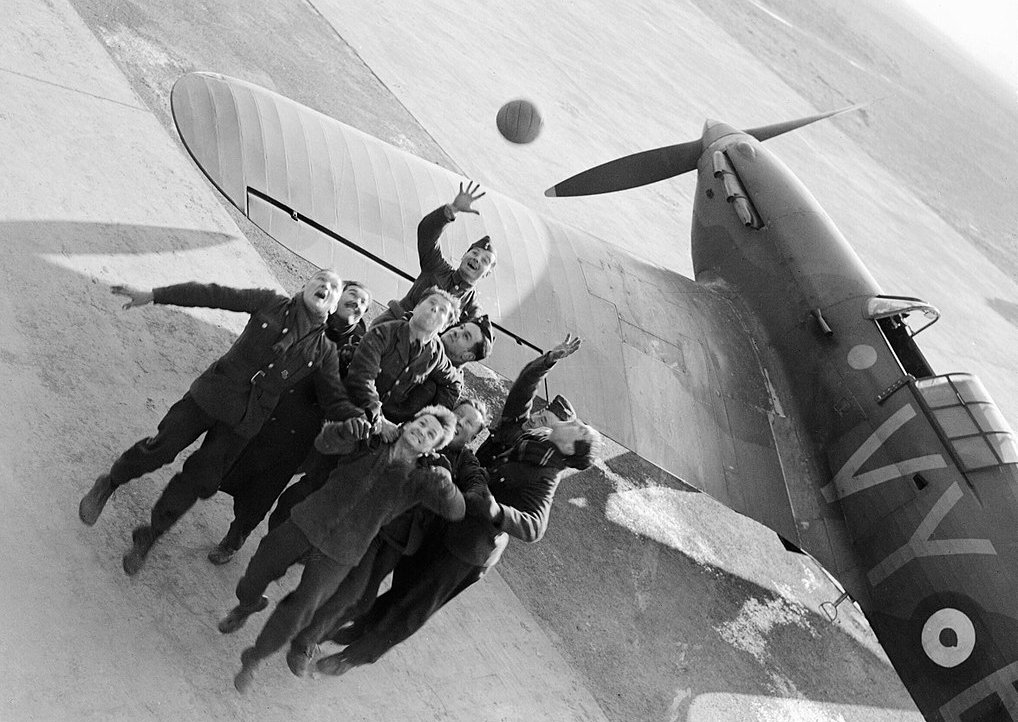
The initial wing type was mainly fabric covered, but the metal wing soon became the standard already in Mk I version.
The rivets
What is not always seen on the Hurricane wing are the different rivet types, which were flush and mushroom head types, the reason?
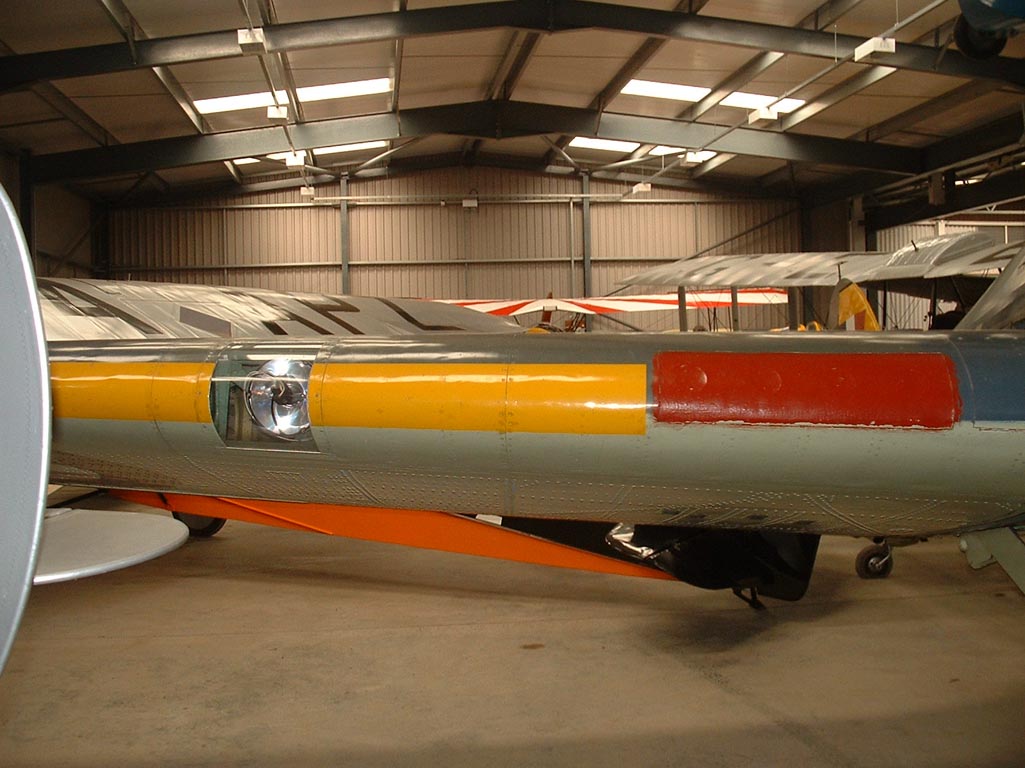
On portions of the aeroplane where airflow is likely to cause drag, flush rivets are preferred, if costs allow.

On parts where the airflow does not cause significant drag, protruding-head riveting is preferred. It gives stronger joints and is more vibration resistant.

In the case of the Hurricane, as the detail photographs shows, most of the wing is mushroom riveted, but the leading edge and the first third of the upper surface is flush riveted, this is not always clear in photos.

Dzus fasteners
For frequently removed panels, engine, fuselage and gun bays, Dzus type fasteners were used.
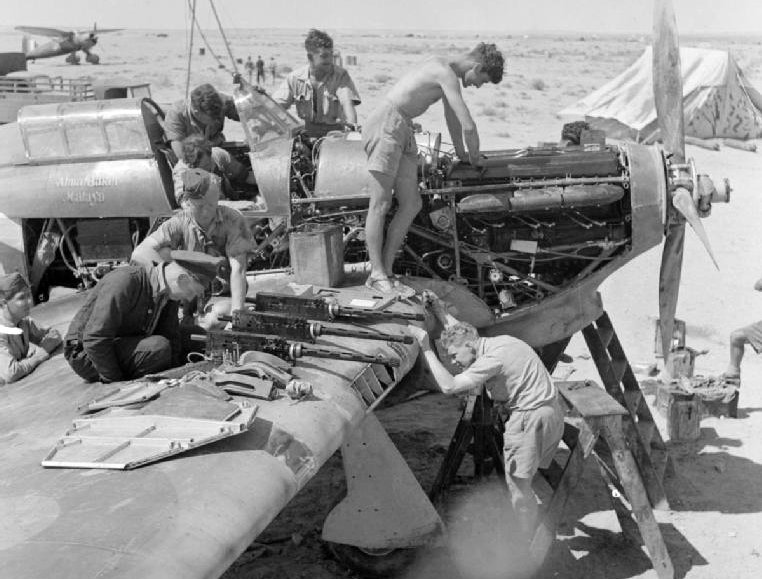

These were invented in the 1930s by Ukrainian-born American engineer William (Volodymyr) Dzus, spiral cam fasteners were first developed to help secure panels in place on planes and high performance vehicles providing a more effective and long-term fixing.

Close up of the metal panel fasteners, described in the manual as turnbutton fasteners, but I believe these are Dzus type.

Note that the fasteners for the fabric panels are different type to the metal ones.
Screws
For areas that needed to be removeable, dome heads screws were used.

Examples are the wingtip, this shows the size relative to the mushroom head rivets.
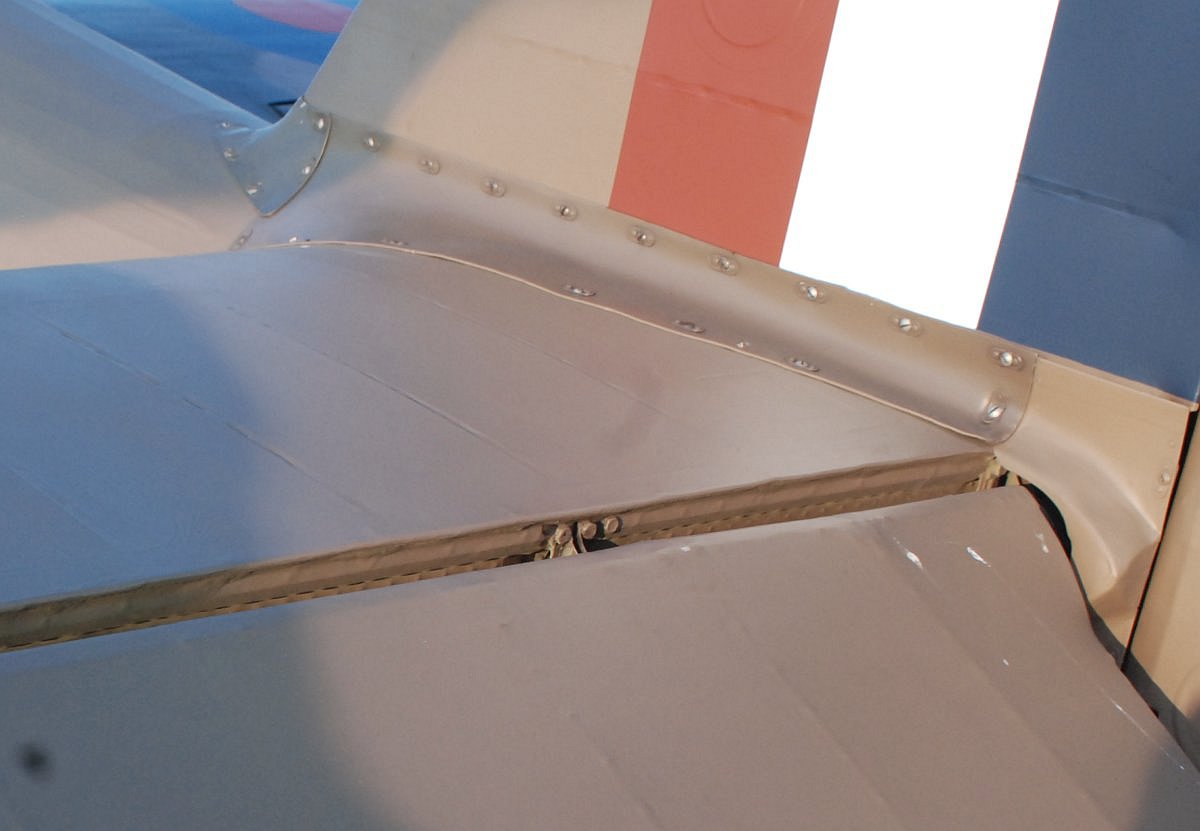
Screws were also used for fixing the metal fillets around the tailplanes, seen here.

One final point for modellers, the area around the cockpit is fabric covered plywood (so no metal scuffing immediately under the cockpit).
These are the comments from Troy Smith. We decided that these issues are worth focusing on, because our 1/48 scale Hurricane model kit introduced us to completely different worlds of surface representation. What doesn’t make sense in 1/72 scale, or is technologically impossible, in 1/48 comes out very neatly! See for yourself by looking at the photos of our test model, assembled from pre-production sprues.
If you want to talk about it, feel free to comment in the comments section below the post. We are particularly interested in how you view the representation of raised and flush rivets on models in different scales, the differentiation of rivets and screws, as well as other issues related to the representation of a real object in scale, which will always be more or less conventional.
More detailed photos of Hurricanes you will find in “Walkarounds” on the Britmodeller.com Forum:
- Hurricane Mk I in Finland (World’s best preserved Hurricane)
- Sea Hurricane from Shuttleworth Collection in Old Warden
Photos used in the article come from Julien of Britmodeller.com, Mirosław Miarka, Imperial War Museum (Public Domain via Wikimedia) – thank you! And from own Arma Hobby collection.
Check also:
Hurricanes in 1/72 and 1/48 scales in the Armahobby online store !
Modeller, son and father of a modeller. Loves digging through references and analysing old photographs. He builds aircraft, ship and vehicle models, the older the better. He has a weakness for Polish equipment, but does not despise the RAF, FAA and Great War topics. A journalist by training.
This post is also available in:
 polski
polski



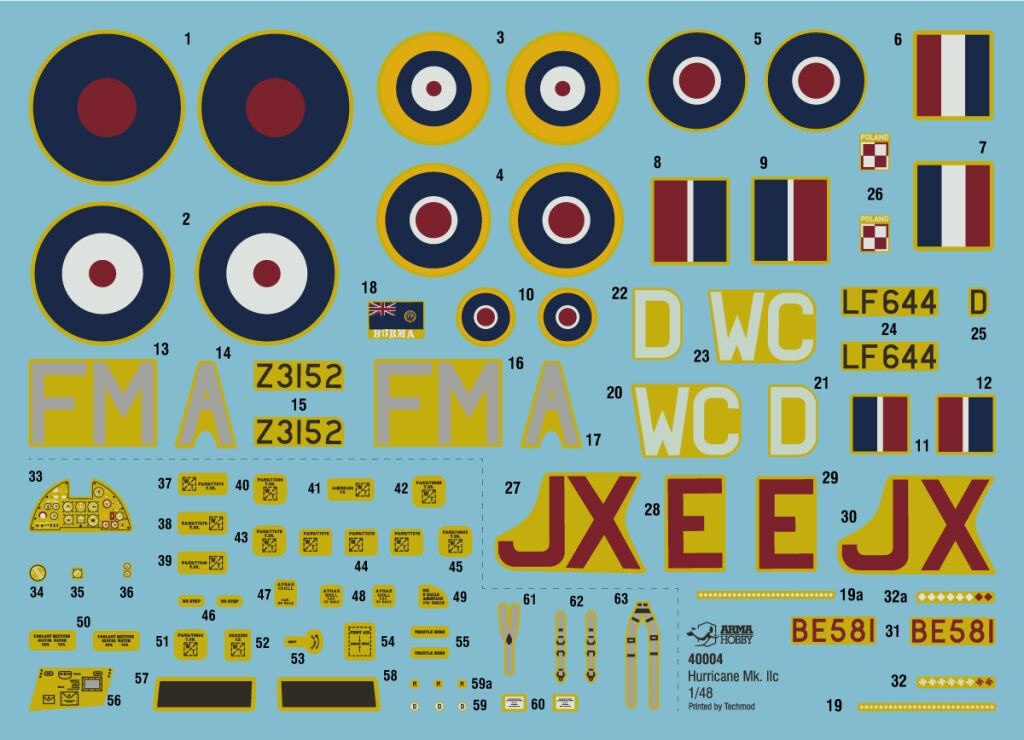
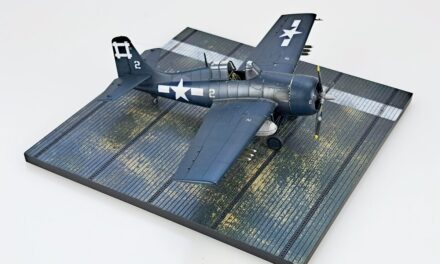
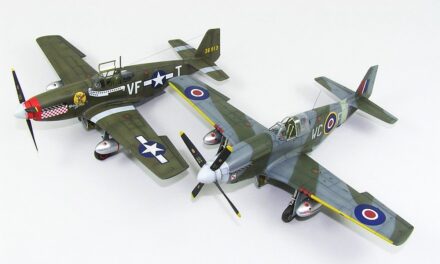
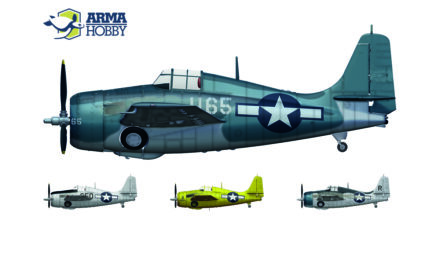
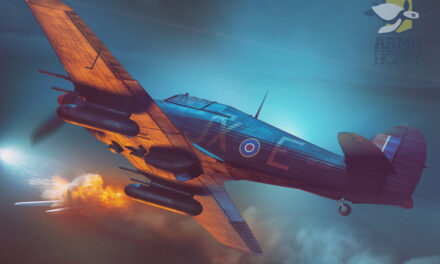
Oddly enough…Intentional or otherwise, the decision to change rivet head types along the chord may well have improved the handling characteristics by causing the airflow to break away more cleanly at higher angles of attack. Some aircraft and glider shave turbulator strips fitted to do just that. Fantastic model though and great info from Troy Smith.
Troy Smith really knows Hurricanes and is a very good observer so you won’t go wrong there. You deciding to go further and represent the different types of rivet on the wing is great news for those who get annoyed at constantly having to do this correction to some manufacturers offerings.
Tomas Enerdal makes a good point about careful finishing. I think the surface finish will be the key issue. I am going to try applying a matt finish to get the canvas effect and then polish the all the metal areas gently then polish the areas with full airflow further. I’m going to try this out on an old Airfix Fury from my Mountain of Doom that I am currently working on.
Dear ARMA, I have yet to build anything from you, nowadays I’m a pure 1/48 modeller. I haven’t built anything in 1/72 for the last 25 years, but I’ve heard very positive comments about your kits “in the corner of my ear”. So when a modeling friend told about your forthcoming Hurricane IIc I became a little curious. I have since been following the rumors and gossip as they developed. But when I saw first your test shots, then the built up test model and finally the iModeler review my jaws just dropped! Modern kit manufacturers have an individual “style” or “fingerprint” if you like. Most are often very accurate, the fit is good, due to CAD-terchnology. Eduard with sharp detail, fine recessed panel lines and extremely fine, recessed rivets everywhere. Airfix with their slightly wider, deeper and not as sharp panel lines, some rivets in some places, sometimes also raised. Hasegawa with their subtle and very sharp, recessed details. Even old Monogram kits had their style; fine raised panel lines and inspired cockpit and wheel well interiors with lots of relief details that could look marvelous if painted properly. But each of these “styles” are in a way somewhat… Read more »